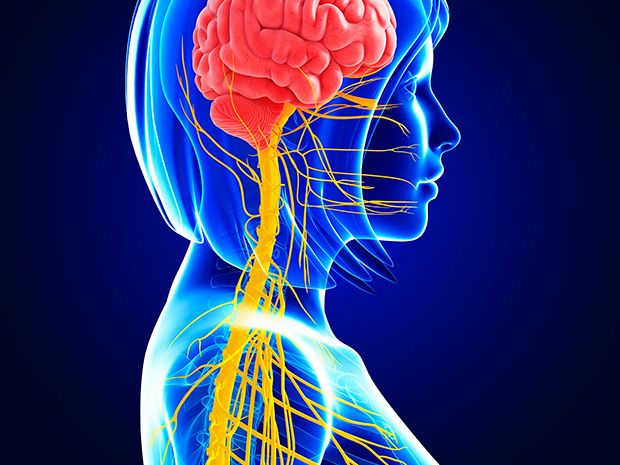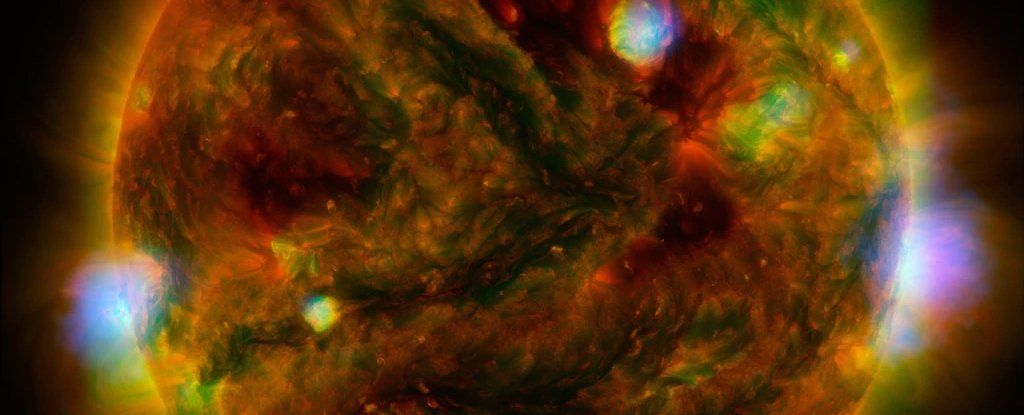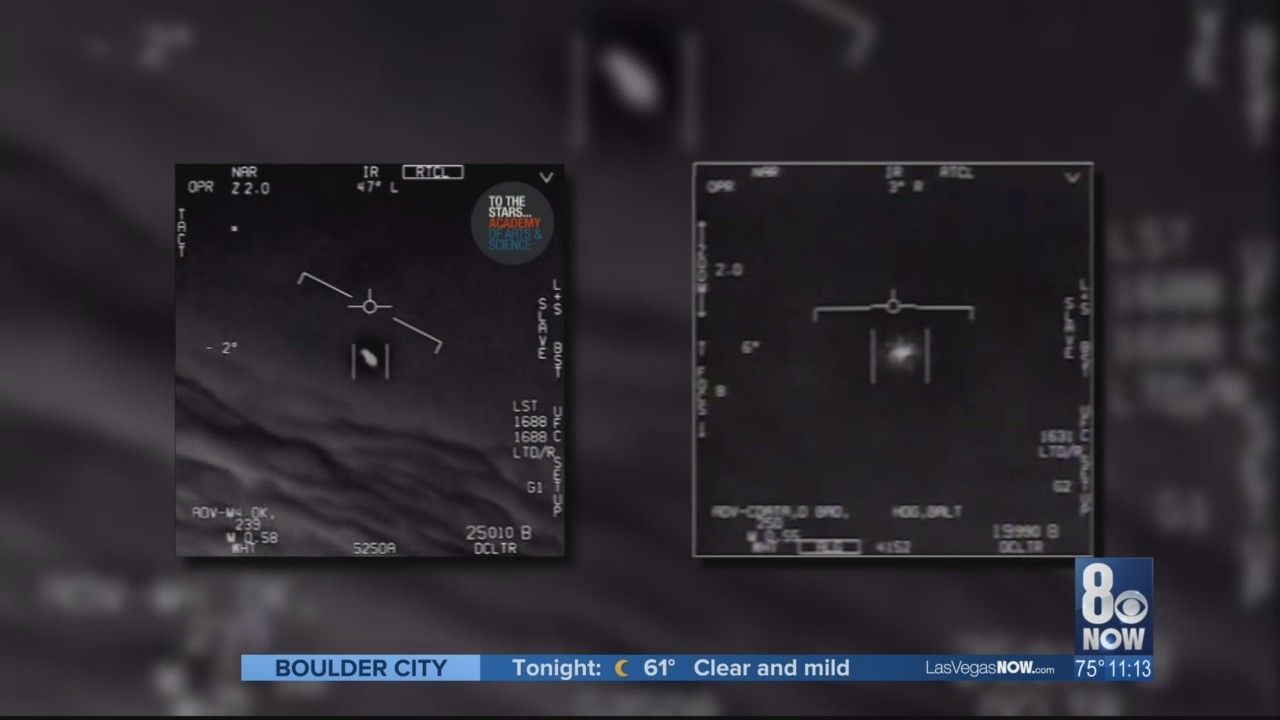May 8, 2018
Recoding Human Cells to Make them Virus Proof
Posted by Steve Hill in category: biotech/medical
On May 1, around 200 scientists from the Genome Project-write (GP-write) met in Boston and announced the first target of their project: the creation of cells that cannot be infected by viruses.
What is the Genome Project-write?
GP-write includes sub-projects like the Human Genome Project-write (HGP-write), which was formally announced on June 2, 2016, and is an extension of the Genome Projects, which were launched in 1984. These projects were created to develop ways to read DNA in microbes, plants and multiple animal species, including humans.
Continue reading “Recoding Human Cells to Make them Virus Proof” »


















